Growers in all states started to plant with a similar level of confidence but outside influences have caused variances in harvest expectations
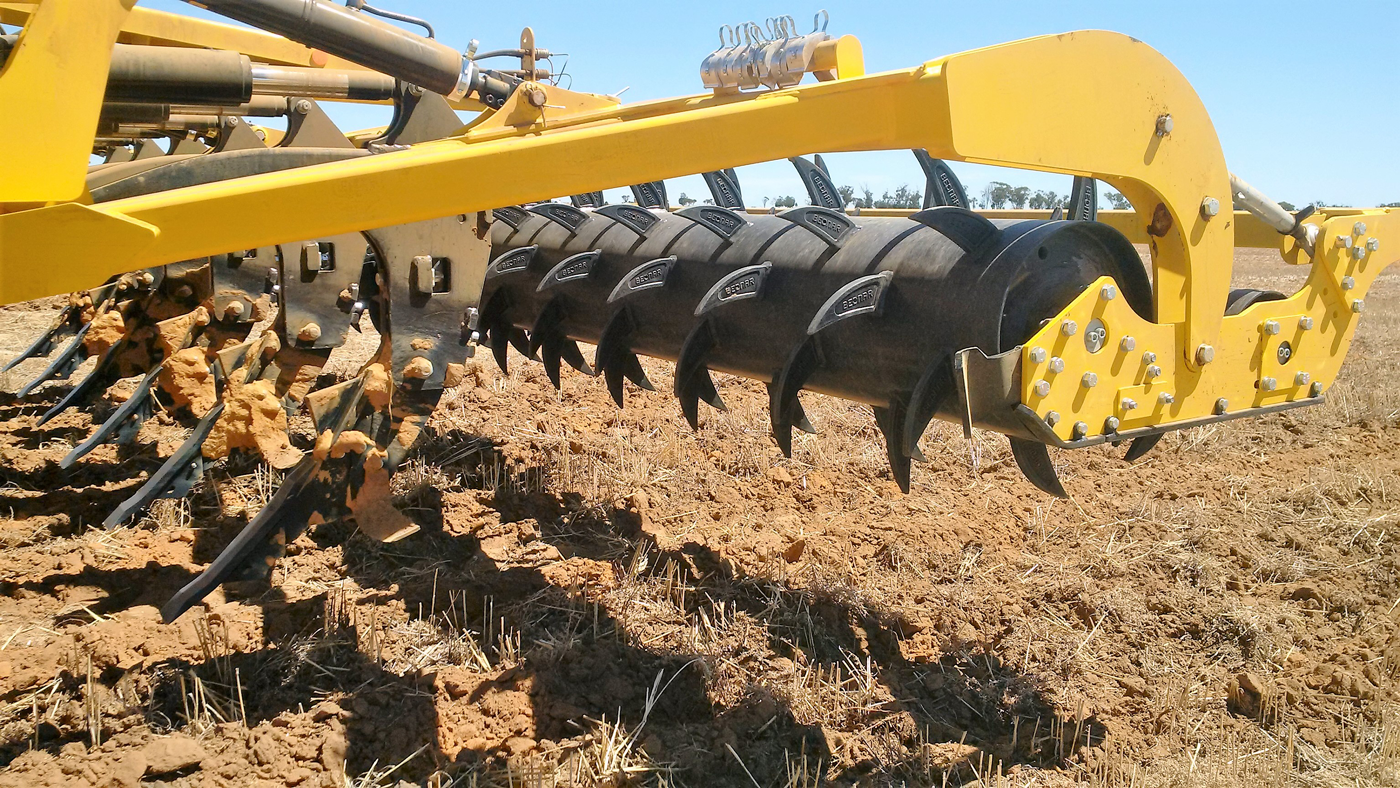
Crop plantings for winter season 2025-26 across all states are historically high with a 24.9 million hectares mark already reached, and this could increase past the previous 25.0 million hectare record set just last year, if late rain comes for some regions.
However, if late rainfall doesn’t eventuate for regions that went ahead with dry sowing, there will be an enormous gap between their harvest and the cropping regions that planted into reasonably moist ground.
Dryer than expected conditions have placed this highly enthusiastic near-record winter planting into a much grimmer position than expected, but it’s not in disaster territory, as yet, with a forecast harvest of 55.6 million tonnes.
If the forecast is realised, it would place the harvest 13% above the 10-year average to 2024–25 and, if realised, the sixth highest on record, just 8% down on the heady 60.1 million tonnes secured last year, third best result on record.
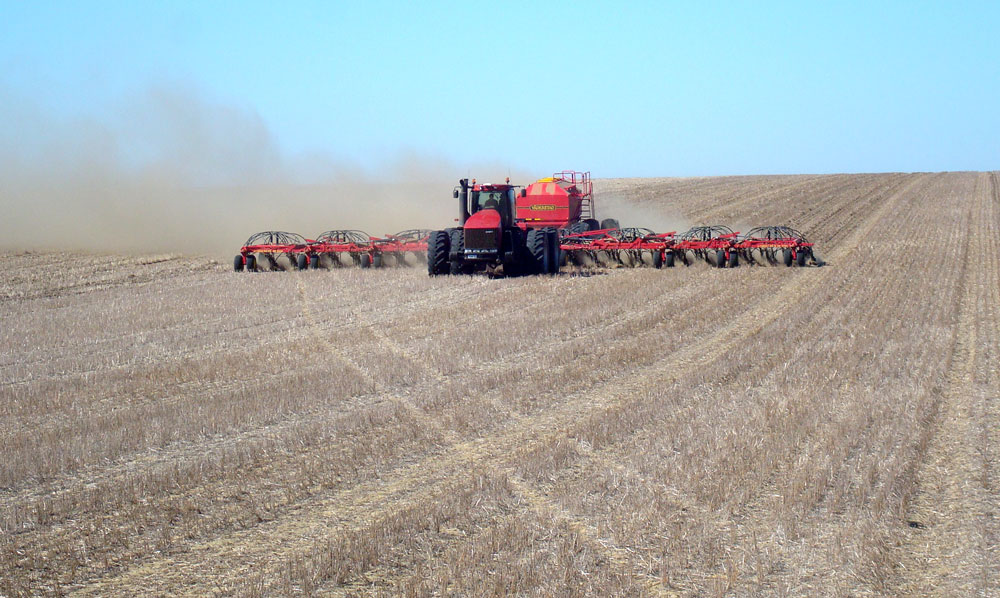
Growers in two states that copped a hiding from dry conditions last year, South Australia and Victoria, put in a stellar effort to plant down a similar level this year, despite ongoing dry conditions at 3.81 and 3.72 million hectares respectively.
With all the hope of realising a decent harvest resting on above-average winter rainfall, to nurture the crop through to a possible harvest forecast of 7.5 million tonnes in SA and for 8.3 million tonnes in VIC.
For the three states that shone brightly last year with near record results and high yields, Queensland, New South Wales and Western Australia, it’s a return to more normal conditions for winter season 2025-26.
As the season moves forward, all eyes will be on the stark contrast for growers in dry sown regions where their fate lies with getting more than adequate rain to achieve a reasonable result at harvest.
The following summary of forecasts for each state very much depends on achieving decent rainfall, more so this season than previously, due to the amount of ground dry sown.
Crop production by state
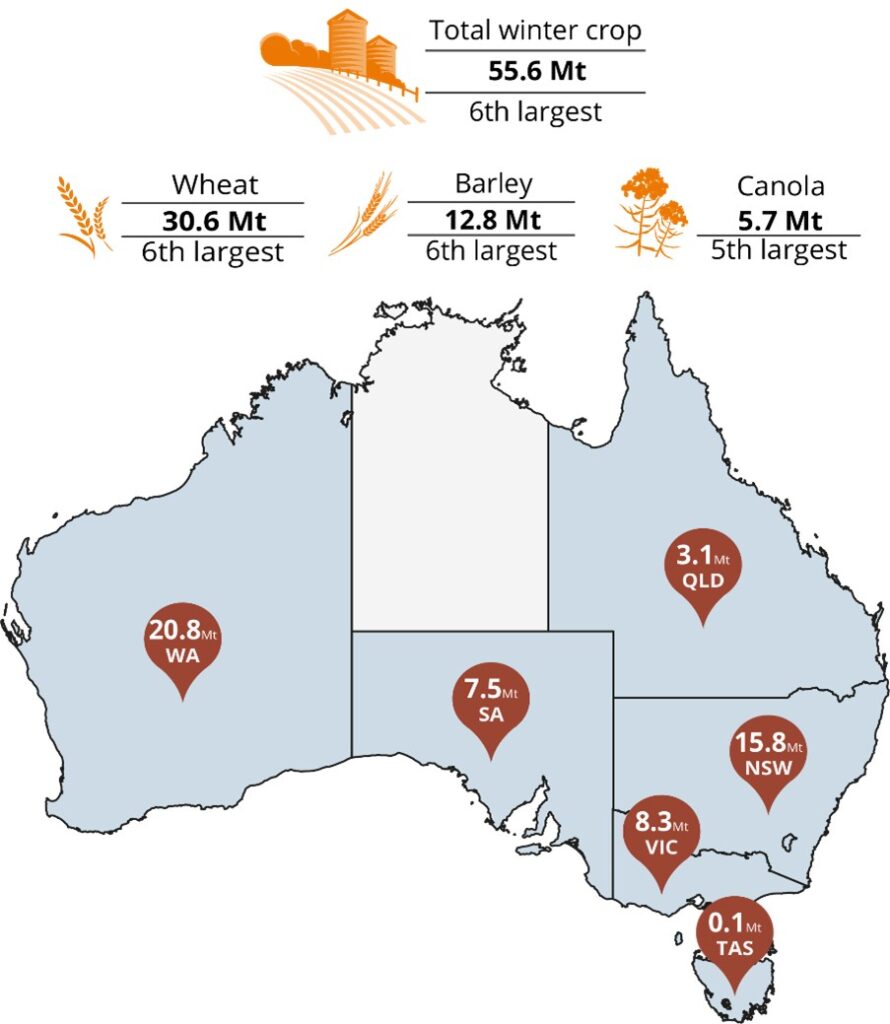
Western Australia
Winter crop production in Western Australia is forecast to fall by 9% to 20.8 million tonnes in 2025-26. This is 16% above the 10-year average to 2024-25 of 18.0 million tonnes.
The forecast year-on-year decrease in production is largely attributed to lower expected yields more than offsetting an increase in area planted.
Area planted to winter crops in Western Australia in 2025-26 is forecast to increase by 3% to just over 9 million hectares, 7% above the 10-year average to 2024-25.
This largely reflects an increase in barley and canola area sown in southern Western Australia, where growers have enjoyed a strong start to the winter cropping season.
Hotter than average conditions and limited rainfall during autumn have led to low levels of soil moisture across northern cropping regions, which has discouraged some planting, especially for high-risk crops such as canola.
Adequate and timely rainfall will be required in the coming weeks to support germination of dry sown crops, particularly in the Geraldton cropping zone where topsoil is dry, and subsoil moisture is severely deficient.
According to the latest three-month rainfall outlook, June to August, issued by the Bureau of Meteorology on 22 May 2025, there is a slightly lower chance of exceeding median rainfall in central and southern cropping regions, which is not ideal, but the outlook is neutral in the north.
Winter crop yields are forecast to fall by 12% in 2025-26 but remain 9% above the 10-year average to 2024-25, reflecting the favourable start to the season in southern cropping regions and close to average rainfall outlook.
However, these current yield expectations are highly reliant on timely in crop rainfall to be realised.
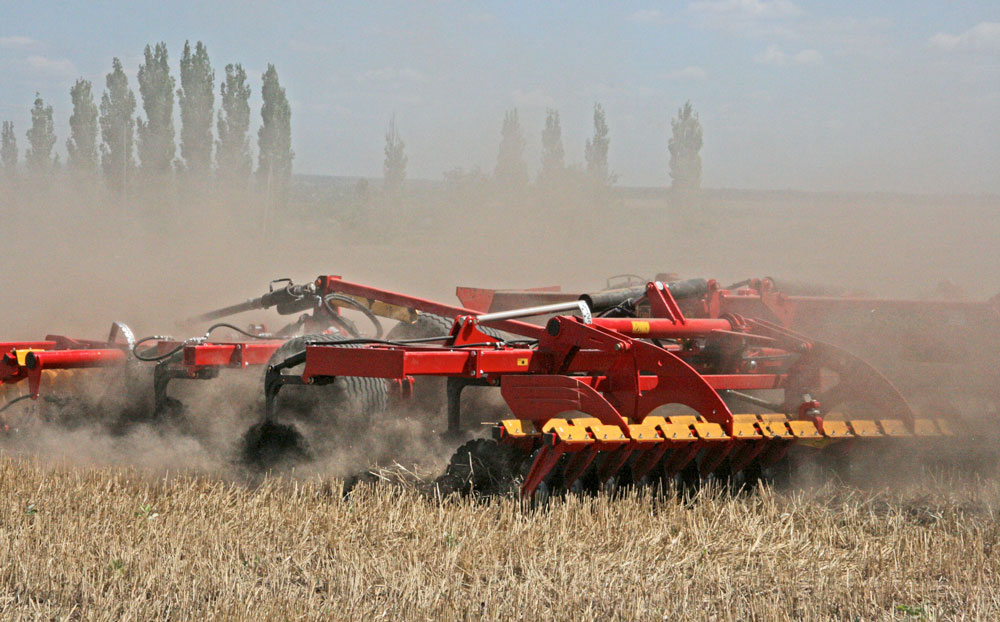
New south Wales
Following the outstanding result last year, winter crop production in New South Wales is forecast to decrease by 23% to 15.8 million tonnes in 2025–26, but remain a hefty 23% above the 10-year average to 2024-25.
An excellent start to the winter cropping season in northern New South Wales has enabled most growers to fully realise their planting intentions.
While conditions in parts of central and most of southern New South Wales have not been as favourable, with below to very much below average autumn rainfall limiting soil moisture availability and impacting planting intentions.
The winter rainfall outlook is positive, which will be crucial for current production projections to be realised.
Area planted to winter crops in New South Wales is forecast to fall by 5% in 2025-26 to 6.8 million hectares, which is still 19% above the 10-year average to 2024-25.
The area planted to wheat is forecast to be down 6% year-on-year but remain 14% above the 10-year average to 2024-25.
Barley area is forecast to be down just 2%. As the ideal planting window for canola closes without a significant rainfall event in southern cropping regions, growers are likely to switch into barley.
Very dry conditions during autumn in southern cropping regions of New South Wales, where the majority of canola is grown, are expected to result in an 8% year-on-year fall in area planted to canola, with many growers opting to shift into less input-intensive options.
Winter crop yields are currently forecast to average 2.3 tonnes/ hectare in 2025-26, 10% above the 10-year average to 2024-25, mainly reflecting the excellent conditions in northern New South Wales, but also the forecast of improved climatic conditions in southern growing regions.
The climate outlook, issued by the Bureau of Meteorology on 22 May 2025, indicates no strong tendency toward either above or below average rainfall for most cropping regions in New South Wales.
Average to above-average soil moisture levels across much of northern New South Wales at the end of autumn, combined with a positive rainfall outlook for winter, are expected to support increased yield prospects.
However, yield prospects in southern cropping regions will be highly reliant on adequate and timely rainfall to realise current yield forecasts.
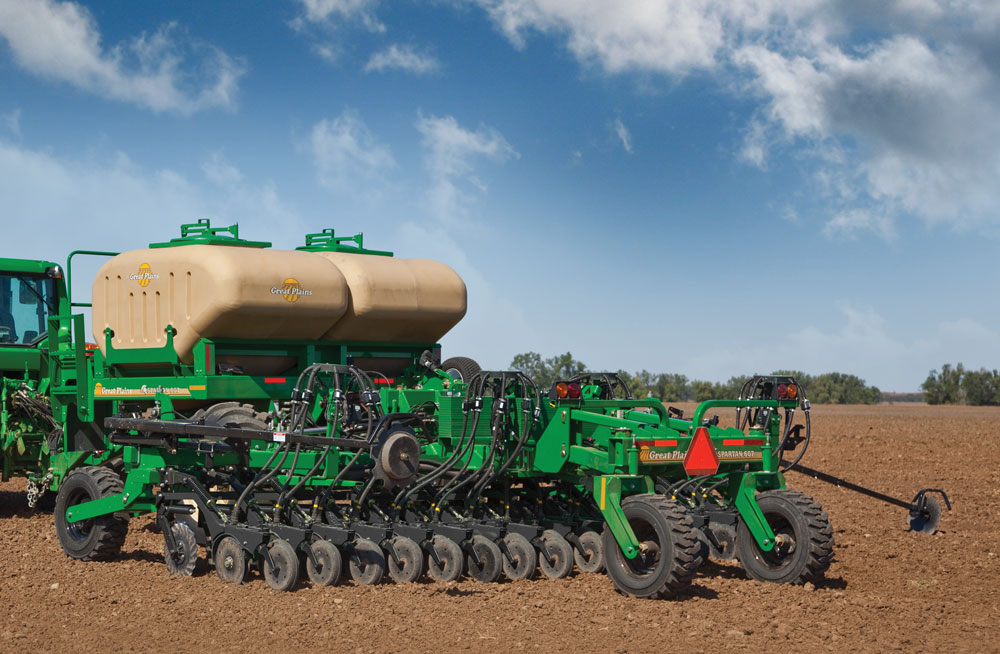
Victoria
Winter crop production in Victoria is forecast to reach 8.3 million tonnes in 2025-26, up 8% from 2024-25, and 4% above the 10-year average to 2024-25.
Prolonged dry conditions throughout cropping regions mean that a high proportion of the 2025-26 crop has been dry sown. Parts of the eastern Mallee received some rainfall in late April, which supported planting, however, there has been little to no follow-up rain.
Both topsoil and subsoil moisture largely remain limited, weighing on planting intentions. Adequate and timely winter rainfall will be crucial to support the germination and establishment of dry sown crops, particularly in the western part of the state.
Area planted to winter crops in Victoria is expected to decline by 30 thousand hectares in 2025-26 to 3.72 million hectares, but remain 7% above the 10-year average to 2024-25.
Given the dry start to the season, area planted is expected to favour barley up 4%, but weigh on wheat down 2%, and canola down 5%.
Area planted to lentils is expected to increase to 530 thousand hectares, 95% above the 10-year average to 2024-25, as growers continue favouring pulses as part of the production mix due to strong export prices and yield benefits in drier conditions.
The three-month rainfall outlook, June to August, issued by the Bureau of Meteorology on 22 May 2025, indicates that rainfall is expected to be within the typical range for most cropping regions in Victoria.
Except for areas in the south, where the outlook is slightly negative. With the dry start to the season, winter rainfall will be crucial for crop emergence and establishment.
Winter crop yields are forecast to rise by 9% in 2025-26 but remain 5% below the 10-year average to 2024-25.
Despite limited soil moisture, the expectation of close to average winter rainfall supports higher yield expectations compared to the poor seasonal conditions in 2024-25.
However, if the largely favourable climate outlook is not realised, and growing regions remain dry, there is further downside potential for average yields.
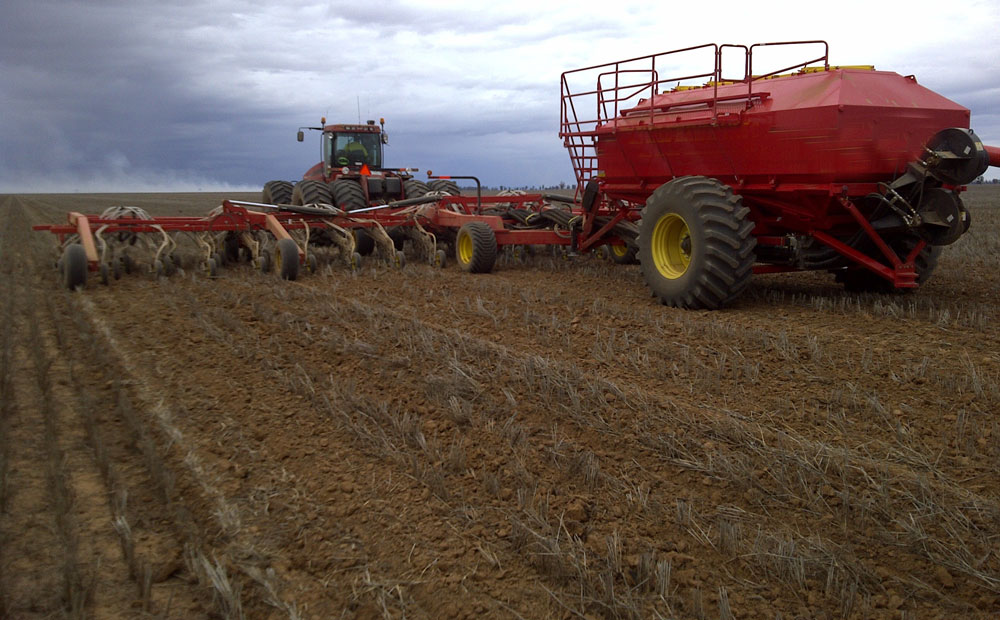
South Australia
Despite ongoing dry conditions, winter crop production in South Australia is forecast to increase by 42% to 7.5 million tonnes in 2025-26.
However, this outcome will be highly reliant on the above-average winter rainfall forecast being realised. This remains 3% below the 10-year average to 2024-25. Limited autumn rainfall has seen a large proportion of the 2025-26 winter crop sown dry.
Area planted to winter crops in South Australia is forecast to fall by 2% to 3.8 million hectares in 2025-26, reflecting well below average autumn rainfall. However, this remains 5% above the 10-year average to 2024-25.
The largest decrease in area planted is expected for canola, as persistent dry conditions have resulted in a shift to less input-intensive options such as barley and lentils.
The Bureau of Meteorology’s three-month rainfall outlook, June to August, released on 22 May 2025, suggests a 60 to 70% chance of exceeding median rainfall for the Eyre Peninsula.
Remaining cropping regions are expected to receive average or better winter rainfall with a 50 to 60% chance of exceeding the median.
Under this forecast rainfall outlook, winter crop yields in South Australia are forecast to increase by 44% to 2 tonnes/hectare in 2025-26, with the average state yield 6% below the 10-year average to 2024-25.
While soil moisture levels remain extremely low, the positive rainfall outlook for winter is expected to provide sufficient moisture to support the germination, establishment, and growth of winter crops and support higher yield potential compared to the poor seasonal conditions in 2024-25.
However, these current yield expectations are highly reliant on the favourable rainfall outlook for winter being realised.
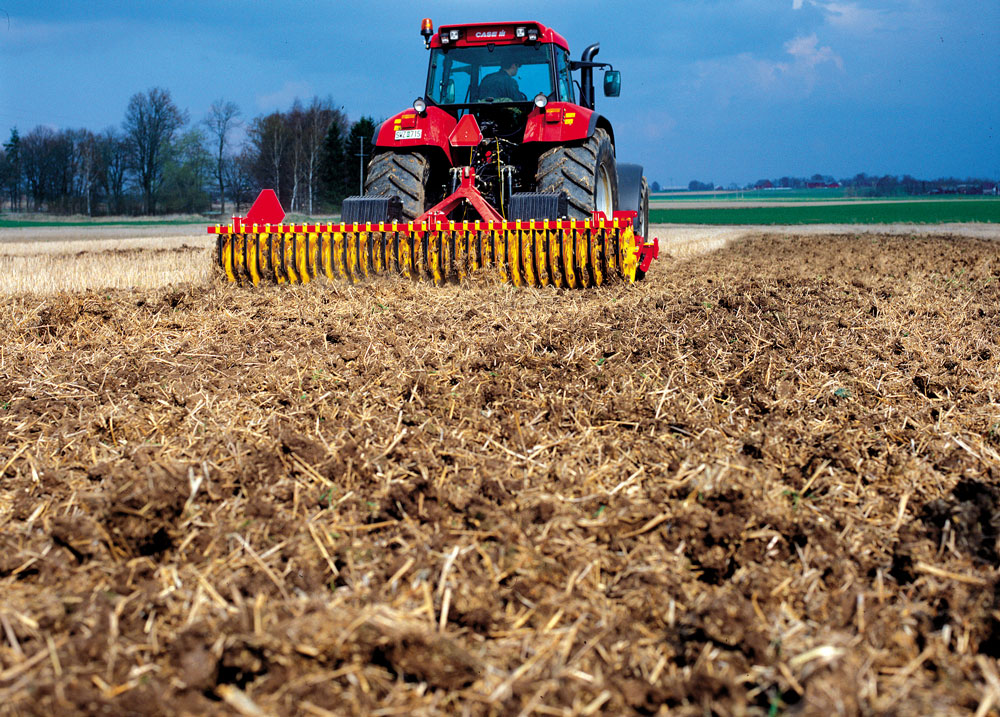
Queensland
Following the record winter crop production last year, Queensland is expected to fall by 18% to 3.1 million tonnes in 2025-26.
The overall fall in winter crop production reflects a year-on-year fall in area and lower expected yields for most winter crops. Despite the fall, this is 37% above the 10-year average to 2024-25 of 2.3 million tonnes, supported by high soil moisture levels at planting and a positive rainfall outlook during the growing season.
The area planted to winter crops in Queensland is forecast to fall by 4% to 1.5 million hectares in 2025-26 and remain 22% above the 10-year average to 2024-25.
Area planted to wheat and barley is expected to fall by 6% and 14% respectively but remain above the 10-year averages to 2024-25.
By contrast, area planted to chickpeas is expected to rise by 2% in 2025-26, supported by elevated chickpea prices.
Winter crop yields for Queensland are forecast to fall by 14% to around 2.1 tonnes/hectare in 2025-26 but remain 19% above the 10-year average to 2024-25.
The climate outlook issued by Bureau of Meteorology on 22 May 2025, indicates a 50 to 60% chance of above median rainfall across Queensland.
Average to above average soil moisture levels at planting, combined with a positive rainfall outlook for winter, are expected to support above average yield prospects for the winter 2025-26 season in Queensland.